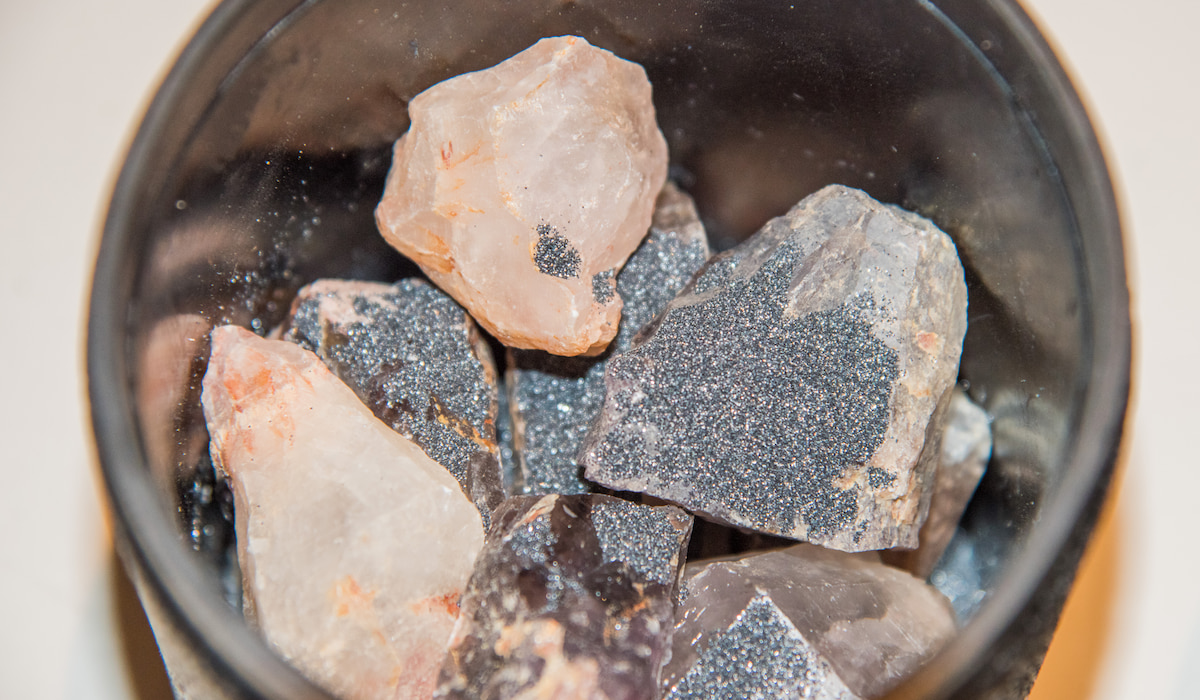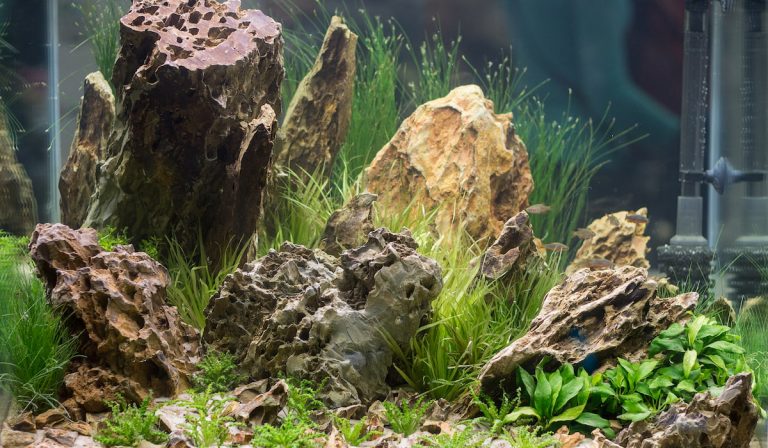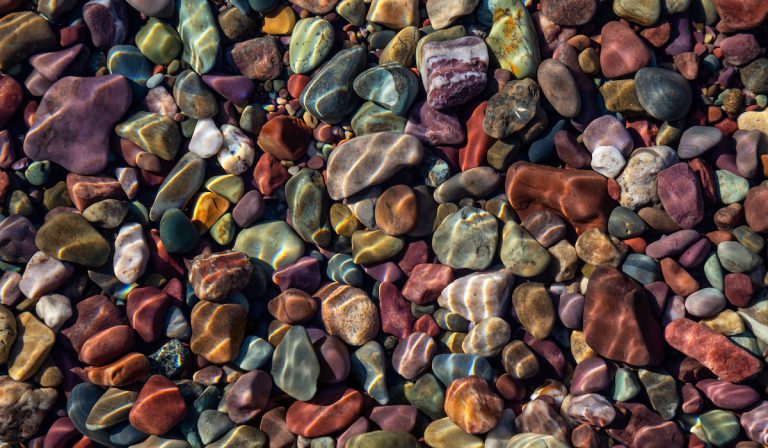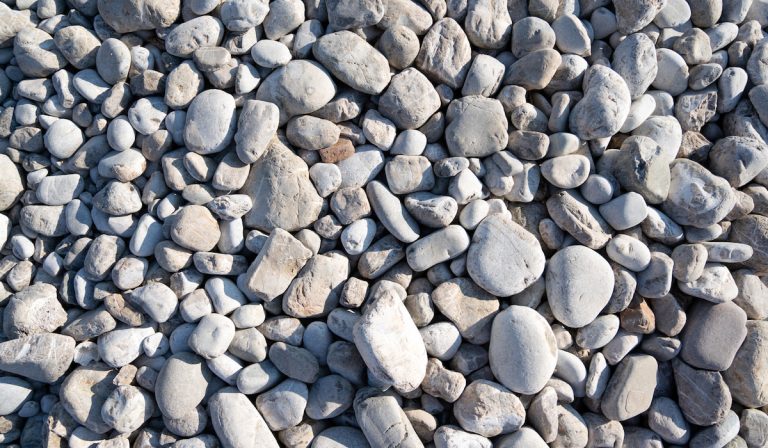Are Rock Tumblers Safe?
Rock tumblers are safe to use. This goes without saying, they are safe and highly effective when used correctly. In addition, having a high-quality rock tumbler improves safety and the quality of the polished rocks.
Overall, rock tumblers are designed for a heavy-duty function as they work with solid objects consistently to create smooth, polished final products. One caveat is that certain brands of rock tumblers may create heat that consumers should monitor.
Not to worry, this often occurs due to the constant movement of the machine and should not be cause for concern.
By following all the instructions and safety directions for your rock tumbler, you can ensure that your product will not only work efficiently but is safe, too.
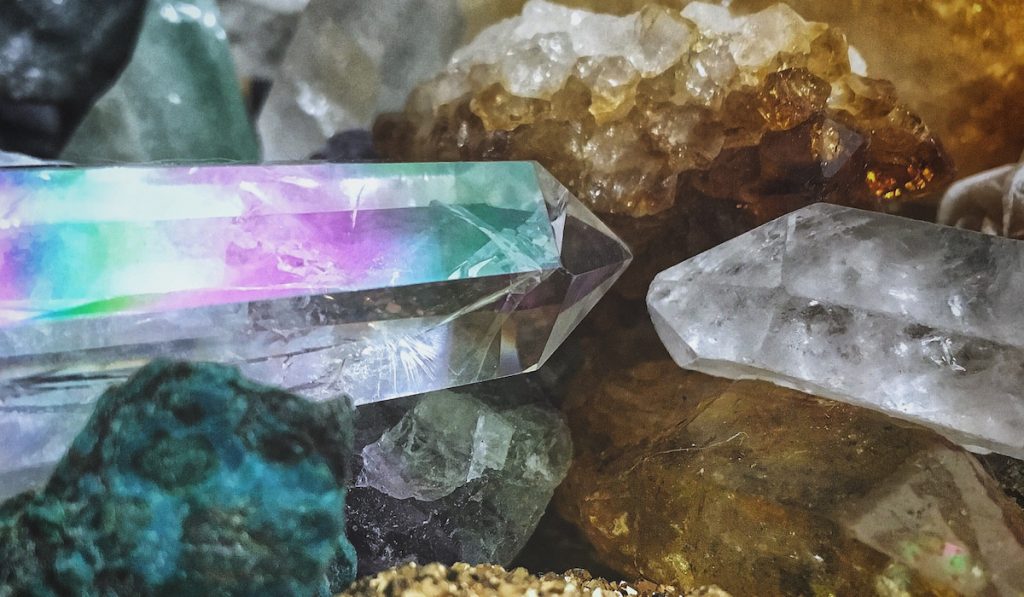
Special Note
Rock tumblers may be used for both rocks and crystals. This article will be talking about rock tumblers, referencing crystals as opposed to rocks. Nevertheless, these machines may be used for rocks as well, given that the instructions are followed and safety precautions are taken.
Are rock tumblers safe for raw crystals?
Raw crystals can be described as any classified crystal in its natural form. This includes the presence of rough edges, little to no defined shape, and may include cracks, and dents. Overall, raw crystals are those that have not been tampered with by man and are straight from the earth itself.
Rock tumblers are commonly used for raw crystals to achieve a smooth, polished, and brighter color for the crystal. This is often done when the crystal is being sold or used for decoration. Many people prefer a shiny and “tumbled crystal” as opposed to a raw crystal.
A rock tumbler may make your crystal smaller as it quite literally tumbles away any excess dirt, material, and gravel clinging to it. In addition, the crystal will come out shinier as the dirt is removed and the rock is polished by the constant interaction with polishing grit.
Rock tumblers are safe for raw crystals when used properly.
Are rock tumblers safe for already tumbled crystals?
Rock tumblers are safe for already-tumbled crystals. However, it is not common to have to re-tumble crystals.
A tumbled crystal is one that has gone through a rock tumbler. They are commonly shiny, smooth, and polished as opposed to raw crystals.
When putting an already tumbled crystal/rock through the process once again, it may make the piece smaller. The tumbler creates a polished product by removing material from the outer surface of the crystal. The amount of material removed depends on the coarseness of the polishing grit used.
So naturally, putting a crystal through the process again may create a more polished effect. Edges may become smoother, creating an almost man-made feel to the crystal.
3 Best Crystals for Rock Tumbling
Working with crystals has become a popular practice in recent years and it can be difficult to understand which processes to use. Most crystals may be tumbled to achieve a picture-perfect polish and shine.
The crystals listed below are some of the most commonly sold and owned. These crystals are good to start with if you are new to tumbling as they are common to buy, and find, not to mention their unique characteristics.
Special note
Be sure to not leave your crystals in the tumbler for long periods of time, which may be considered 4 or more weeks. Extended use could create problems with the tumbler due to the constant motion.
Extensive tumbling may also damage the crystal and eventually make it very small, brittle, and even break it into multiple pieces. Be safe and happy tumbling!
Amethyst
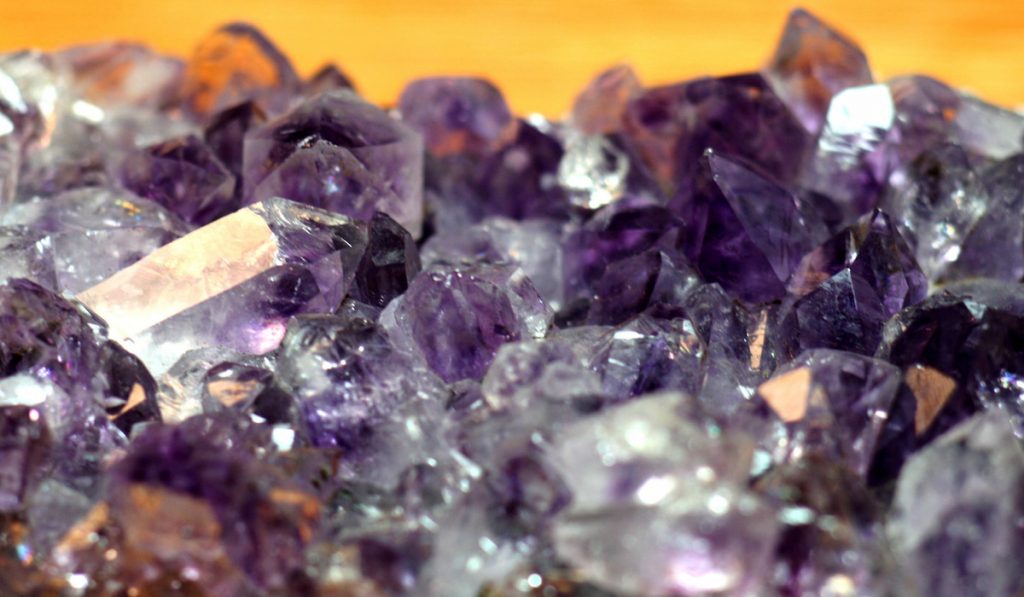
Amethyst is a member of the quartz family and has a similar hardness on the Mohs scale. Every piece of amethyst is unique but has common characteristics of a light to dark purple color and the signature long, six-sided crystals.
It is important to tumble amethyst alone as mixing it with other crystal forms may cause harm and the final result may be not as neat or clean as if tumbled alone.
Amethyst crystals should be tumbled for around 1 ½ to 2 weeks with a coarse grit to ensure a polished, smooth, and prominent crystal.
Of course, if you desire a smaller piece or even want more shine or smooth texture to the crystal you can leave it in for two to three additional days.
Rose Quartz
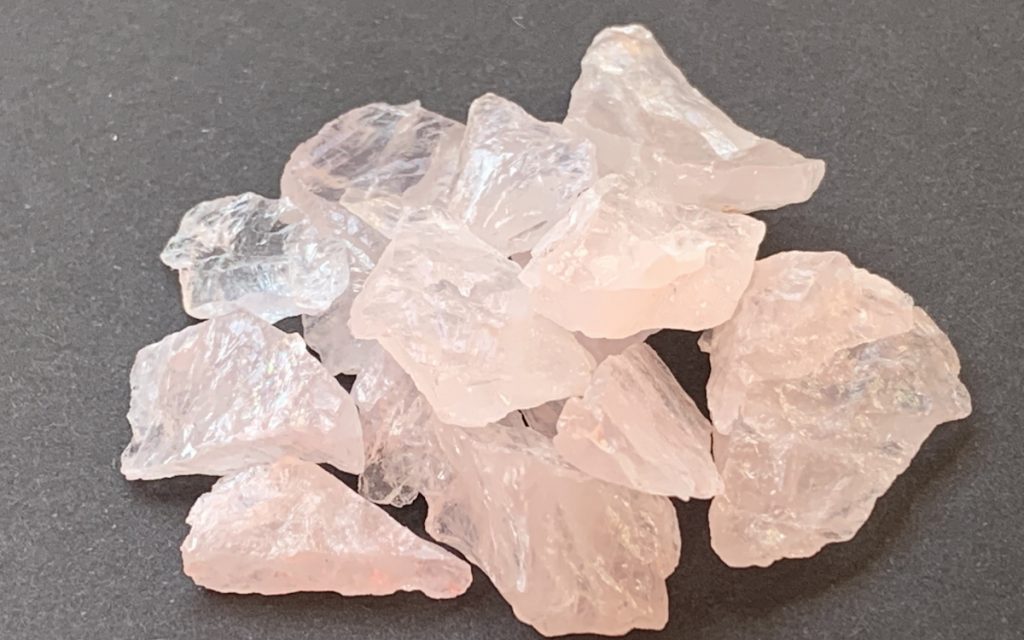
When raw, rose quartz may be pastel pink to cloudy white to a deeper pink with infractions, rough edges, and even some subtle patterns.
With any kind of quartz, it should be known that these crystals have a higher rate of “bruising” or imperfections. They are a harder crystal and the tumbling may impact the quality and overall design of the finished product. This can be avoided by putting in smaller pieces of quartz and tumbling it for a shorter amount of time.
Overall, tumbled rose quartz shows off the inner beauty of the stone. This crystal is very common and is often displayed both tumbled and raw.
Clear Quartz
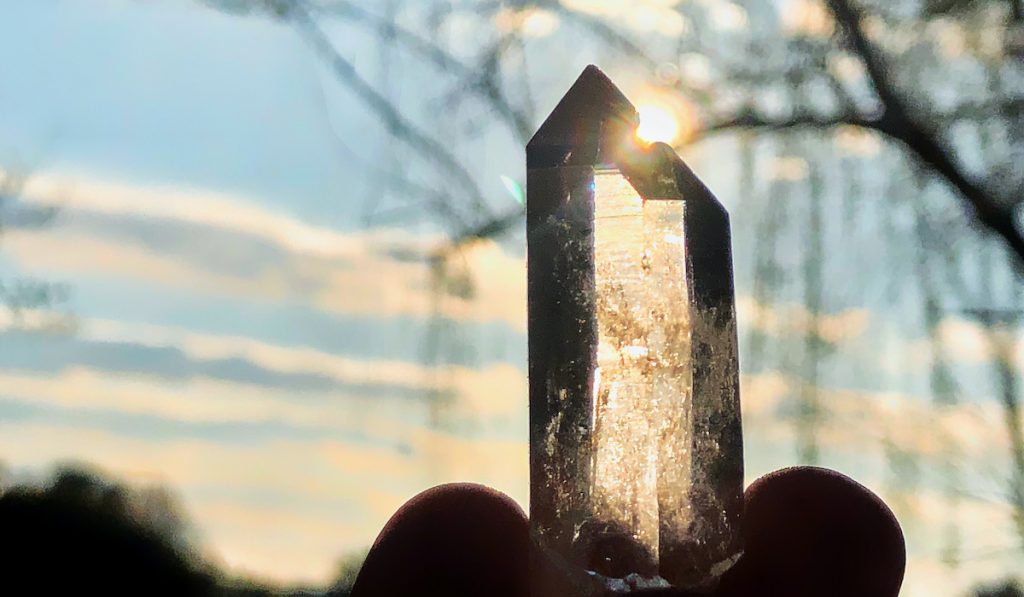
Similar to that of rose quartz, clear quartz, when raw, may have infractions, built-up dirt, cracks, and even grooves. Tumbling clear quartz should be done in small portions to prevent cracking and “bruising.”
Although these are multiple possibilities, clear quartz should be tumbled for a minimum of two to three weeks with coarse grit. This ensures that the job will be done effectively.
If you desire to make the crystal smaller, more polished, or even to smooth out some rough edges of the crystal, it is suggested to tumble them for two to three more days to achieve your desired look.
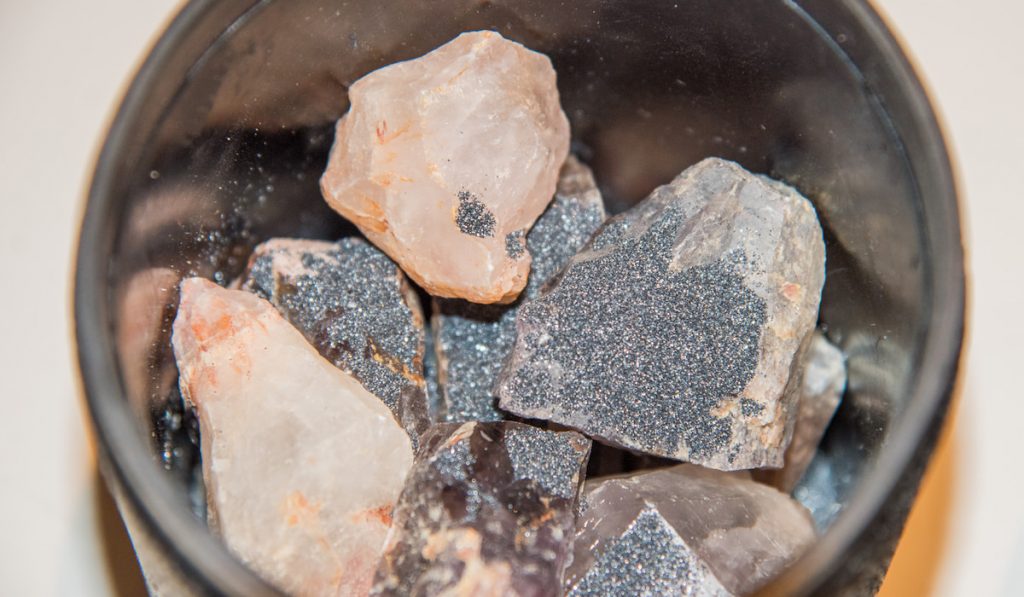
How to Use a Rock Tumbler
Although there are a variety of rock tumbler brands and designs out there, there is a standard protocol to working with one. Typically these machines are small enough to be moved around and can be used almost anywhere.
For a typical rock tumbler, you want to look at the size and the amount of crystal you wish to tumble. Usually, you should never fill the tumbler more than halfway with crystals so as to not overpower the machine.
Be sure to add a variety of small raw chunks or one large chunk to avoid any breaking of the tumbler. Add 1-2 tablespoons of the grit of your choosing (be sure not to add too much or too little, find a healthy balance)
Most tumblers will have a line that helps with knowing how much water to add. Fill to the line with water, or add enough to cover the crystals. Then set it to tumble for 7 days or up to 3 weeks, depending on your desired outcome and the instructions.
The grit is used to grind away any dirt and imperfections and harsh edges. The water is used to create the mixture and will leave the crystal clean and polished! It is best to not take the rocks out of the tumbler before time is up as this may disrupt the process.
If the time has been completed and you desire a more polished crystal, you can always put them back in the machine and continue the process until the desired result is achieved! (source)
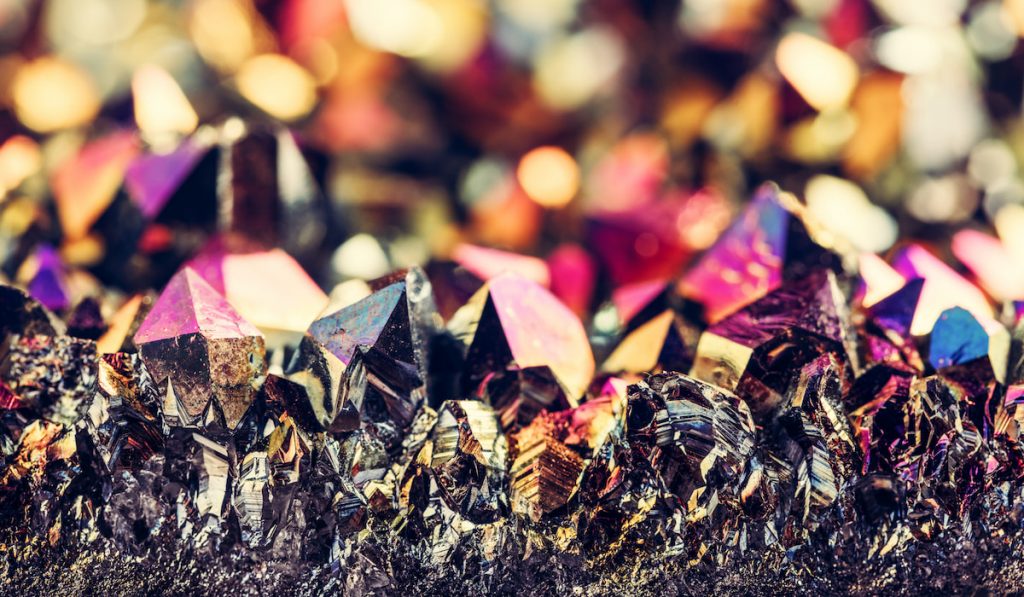
Tips and Vocabulary of Rock Tumbling
It can be difficult to get into crystals and rock tumbling. It takes time, effort, and often research, which could be stressful. But don’t worry!
Tumbling crystals is fun and easy if done correctly. Below is a list of vocabulary that may help in your crystal journey as well as tricks and tips that will maximize your rock tumbling experience! Enjoy.
Vocabulary
- Grit– Grit is used as the main factor in grinding down dirt, imperfections, rough edges, and any loose dirt found on the raw crystal. Grit is commonly made from “Silicon Carbide Abrasive”, and sometimes sand.
- Raw crystal- Any crystal found in nature that is untouched by man—meaning it has not been tumbled, heat-treated, cut, or tampered with. Some people choose to buy raw crystals due to the beauty of their natural state.
- Tumbled crystal– A crystal that has been through a rock tumbler. These crystals often are smooth, shiny, have rounded edges, and have very minimal fractures, cracks, and dents.
- Crystal– A solid mineral substance found in nature. Crystals have a defined structural pattern, come in a variety of colors, shapes, and sizes. Unlike rocks, crystals are known to have healing properties.
Tips
- Rock tumbling in total takes from 24 hours to 3 weeks. This depends on the grit used, the hardness of the crystal, and the desired outcome.
- For a highly polished crystal, use Borax after tumbling to clean the crystal more thoroughly.
- Cleaning your crystals before tumbling may speed up the tumbling process. This may be done with warm water in the sink, even using a toothbrush to get dirt and grime out of the grooves. Be careful of what crystals you are using as some may not be suitable for water contact.
- Although many crystals are able to be tumbled, there are many that are not. It is a good rule of thumb that crystals ending in (-ite) such as Hematite, Selenite, Fluorite, and Celestite should not be used in a rock tumbler. This is because they are water-sensitive and the water from the tumbler may ruin them and in some cases cause them to disintegrate.
- Before tumbling your crystal, look at the hardness scale to see if the crystal is too soft to be tumbled. The average and most efficient crystals to tumble are on the hardness scale between 6 and 8. You can determine the hardness of any crystal by looking at the “Mohs Hardness Scale”.
- It is ok to tumble multiple variations and kinds of crystals at once, just be mindful of the hardness scale to avoid bruising and undesired marks on the final products.
Special note
The information listed above is not a suitable replacement for safety advice. If you believe you or your rock tumbler is in danger or it is displaying abnormal “behaviors,” then it is important to cease tumbling and call the manufacturer or look at the instructions to troubleshoot.
This can protect the you, the crystals, and the tumbler itself.
Resources
- https://rocktumbler.com/tips/rock-tumbler-motors-run-hot/
- https://www.mycrystals.com/buy/raw-crystals-uses-healing-benefits-properties
- https://rocktumbler.com/rough/banded-amethyst.shtml
- https://rocktumbler.com/rough/rose-quartz.shtml
- https://rocktumbler.com/rough/rock-crystal.shtml
- https://rocktumbler.com/tips/rock-tumbler-instructions/
- https://rocktumbler.com/tips/rocks-for-tumbling/
- https://rocktumbler.com/blog/what-is-silicon-carbide-grit/
- https://www.jewelinfo4u.com/amethyst-crystal-structure

